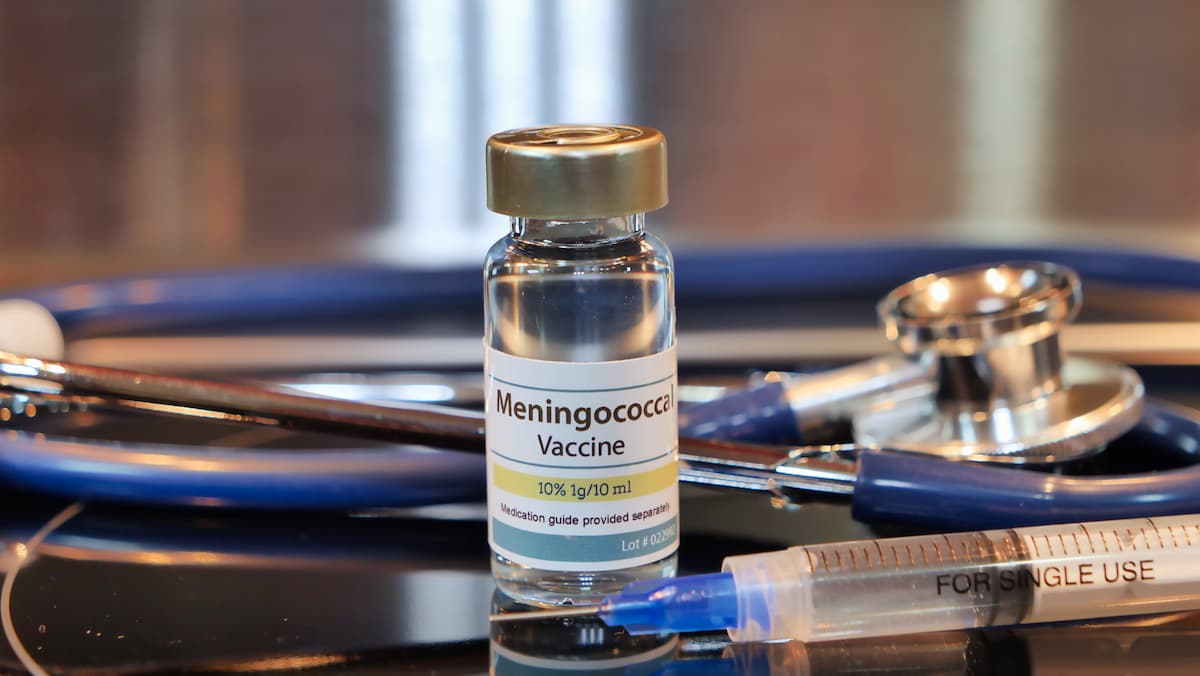- Clinical Technology
- Adult Immunization
- Hepatology
- Pediatric Immunization
- Screening
- Psychiatry
- Allergy
- Women's Health
- Cardiology
- Pediatrics
- Dermatology
- Endocrinology
- Pain Management
- Gastroenterology
- Infectious Disease
- Obesity Medicine
- Rheumatology
- Nephrology
- Neurology
- Pulmonology
US Meningococcal Vaccination Coverage Has Increased, but Disparities Persist, According to Data Presented at IDWeek 2023
Findings underscore the persistence of disparities in meningococcal vaccination coverage in the US, particularly for vaccination against serogroup B.

New research underscores the persistence of disparities in meningococcal vaccination coverage in the US, particularly for vaccination against serogroup B (MenB).
Findings from a new cross-sectional analysis of data highlight trends in meningococcal vaccination coverage across different age groups, geographic regions, and racial/ethnic populations in the US.
The poster abstract will be presented on Friday, October 13, 2023, at IDWeek 2023, being held in Boston, MA, between October 12th and 15th.
The US Advisory Committee on Immunization Practices recommends meningococcal vaccination against serogroups A, C, W, and Y (MenACWY) for persons aged 11-12 years with a booster dose at age 16; and MenB for those aged 16-23 years under shared clinical decision making (SCDM), according to the abstract.
Researchers used the 2016-2021 National Immunization Survey-Teen survey data on MenACWY (≥1 dose) in persons aged 13 years, MenACWY (≥2 doses) in persons aged 17 years, and MenB (≥1 dose) in persons aged 17 years. They collected data via phone interviews with provider confirmation and examined coverage throughout the calendar year for MenACWY (≥1 dose) and MenB (≥1 dose) after the interview date and for MenACWY (≥2 doses) at the interview date.
FINDINGS
Vaccine type. Results showed the following vaccination coverage trends:
- MenACWY coverage (≥1 dose) in persons aged 13 years increased from 82.71% in 2016 to 86.42% in 2021.
- MenACWY coverage (≥1 dose) in persons aged 13-17 years increased from 83.36% in 2016 to 89.82% in 2021.
- MenB coverage (≥1 dose) in persons aged 17 years increased from 5.63% in 2016 to 34.05% in 2021.
Geographic variation. Geographic coverage for MenACWY (≥1 dose) among 13-year-olds ranged from 74.44% in the Pacific region in 2016 to 91.00% in the New England region in 2021. Coverage for MenACWY (≥2 doses) among 17-year-olds varied significantly, with 21.05% in the East South Central region in 2016 to 75.68% in the Mid-Atlantic region in 2021. MenB vaccination coverage (≥1 dose) among 17-year-olds increased from 2.34% in the Pacific region in 2016 to 45.29% in the South Atlantic region in 2021, according to investigators.
Racial and ethnic disparities. MenACWY coverage (≥1 dose) among persons aged 13 years was consistent across race/ethnicity, while Hispanic persons aged 17 years had lower MenACWY coverage (≥2 doses) in 2021 (50.63%). MenB vaccination coverage (≥1 dose) among 17-year-olds varied by race/ethnicity. MenB vaccination coverage in Hispanic and non-Hispanic Black populations increased from 5.55% and 7.55% to 33.58% and 42.33% over 5 years, respectively. In non-Hispanic White population, yearly coverage increased from 5.29% to 33.88%, whereas it progressed from 5.34% to 27.17% in other non-Hispanic and multiple race populations, according to the results.
The authors point to enduring disparities in US meningococcal vaccination patterns, noting that differences increase with age and with type of vaccine, ie, MenB vs MenACWY. Geographically the findings suggest that better coverage is possible, adding in the conclusion the MenB coverage was approximately 70% in North Dakota vs 34% nationally in 2021. These among states point “at the need to reduce access barriers to vaccination, eg, via simplified vaccine recommendations/schedules.”
Source: Meningococcal vaccination coverage disparities in the United States: An analysis with 2016-2021 National Immunization Survey-Teen data. Abstract presented at IDWeek; October 11-15, 2023; Boston, MA.
